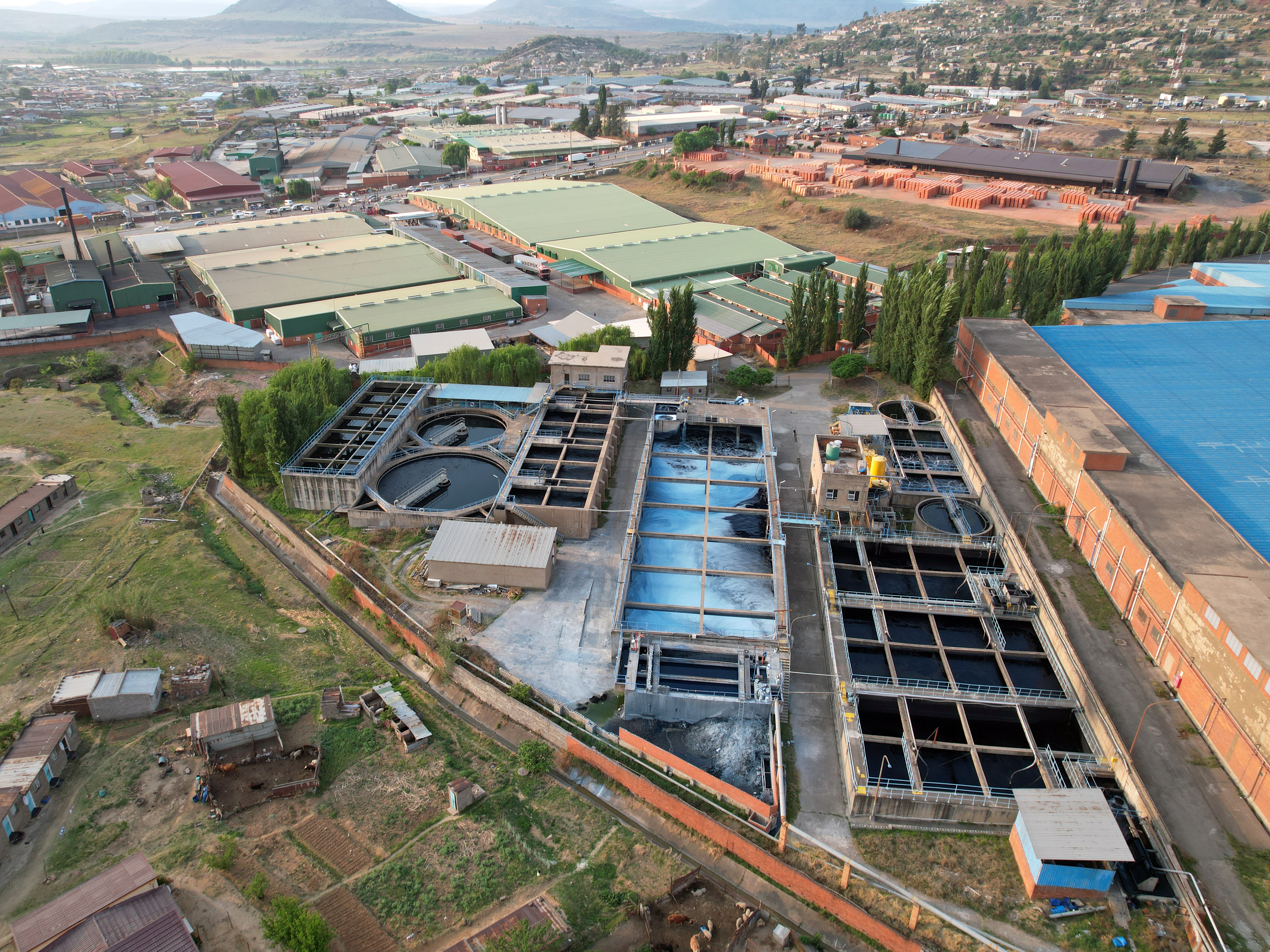-

This project reflects an investigation into the allegations surrounding Lesotho Prime Minister...
-

An investigation uncovers how consumer choices pollute the environment in Lesotho.

This project reflects an investigation into the allegations surrounding Lesotho Prime Minister...

An investigation uncovers how consumer choices pollute the environment in Lesotho.